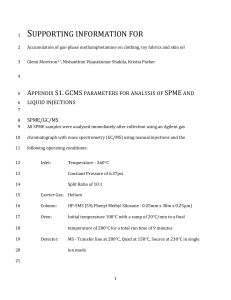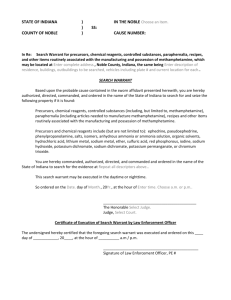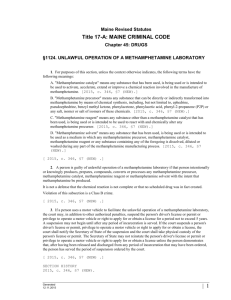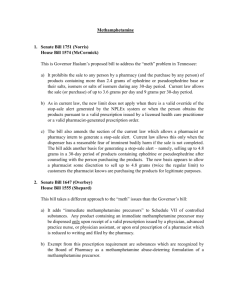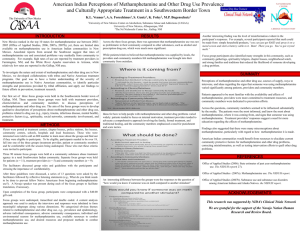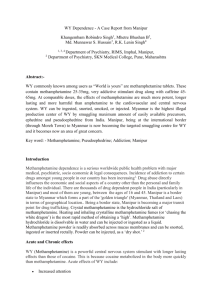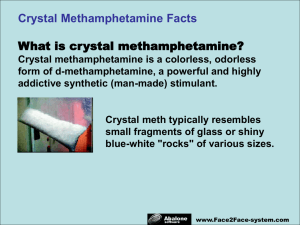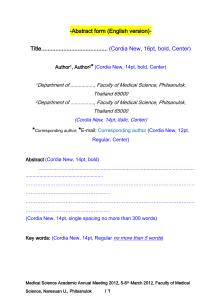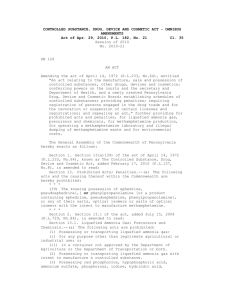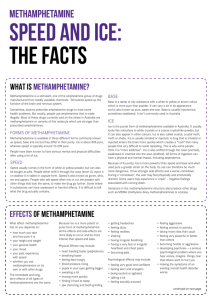Supplementary Information (docx 1230K)
advertisement
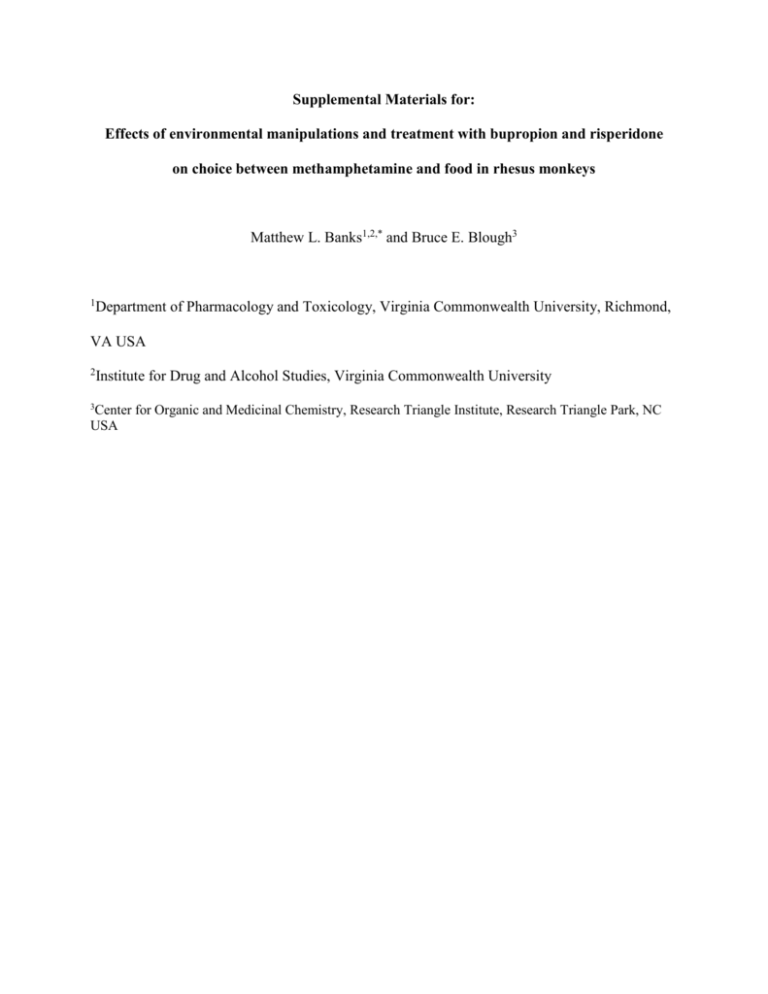
Supplemental Materials for: Effects of environmental manipulations and treatment with bupropion and risperidone on choice between methamphetamine and food in rhesus monkeys Matthew L. Banks1,2,* and Bruce E. Blough3 1 Department of Pharmacology and Toxicology, Virginia Commonwealth University, Richmond, VA USA 2 3 Institute for Drug and Alcohol Studies, Virginia Commonwealth University Center for Organic and Medicinal Chemistry, Research Triangle Institute, Research Triangle Park, NC USA Banks Supplemental 2 Table 1: Mean methamphetamine ED50 value in mg/kg/injection (95% confidence limits) under + Saline (Baseline) and during 7-day treatment with bupropion and risperidone. Treatment Condition ED50 (95% confidence limit) + Saline (n=6) 0.088 (0.063-0.125) Bupropion, 0.32 mg/kg/h (n=4) 0.099 (0.065-0.153) Bupropion, 1.0 mg/kg/h (n=4) 0.096 (0.059-0.156) Bupropion, 1.8 mg/kg/h (n=4) 0.143 (0.093-0.218) a Risperidone, 0.001 mg/kg/h (n=3) 0.141 (0.106-0.187) Risperidone, 0.0032 mg/kg/h (n=3) 0.054 (0.033-0.089) Risperidone, 0.0056 mg/kg/h (n=3) Could not be determined b a Mean ED50 value could not be determined because methamphetamine choice was not greater than 50% at any methamphetamine dose for some components and responding was eliminated during other components of the choice session in one monkey. b Mean ED50 value could not be determined because methamphetamine choice was 100% for some components and responding was eliminated during other components of the choice session in one monkey and methamphetamine choice was not lower than 50% at any methamphetamine does for two monkeys. Banks Supplemental 3 Figure 1: Effects of continuous bupropion (0.32 – 1.8 mg/kg/h) treatment on choice between methamphetamine and food in rhesus monkeys (n=4). Top panel abscissae: unit dose methamphetamine in mg/kg/injection (log scale). (a) Left ordinate: percent methamphetamine choice. Right ordinate: percent food choice. Bottom panel shows summary data for total choices, food choices, and methamphetamine choices summed across all methamphetamine doses. Ordinate: number of choices per session. Abscissa: experimental endpoint. All points and bars represent mean SEM obtained during days 1-3 of each 7-day treatment period. Banks Supplemental 4 Figure 2: Effects of continuous risperidone (0.001 – 0.0056 mg/kg/h) treatment on choice between methamphetamine and food in rhesus monkeys (n=3). All points and bars represent mean SEM obtained during days 1-3 of each 7-day treatment period. Other details are same as in Figure 1. Banks Supplemental 5 Figure 3: Effects of removing methamphetamine or food availability on behavioral allocation in rhesus monkeys (n=5). Top panel abscissae: unit dose methamphetamine in mg/kg/injection (log scale) during + saline and ‘no food’ conditions, or unit dose methamphetamine associated with prevailing discriminative stimuli during the ‘no methamphetamine’ condition. (a) Left ordinate: percent methamphetamine choice or methamphetamine-associated stimuli. Right ordinate: percent food choice or food-associated stimuli. All points and bars represent mean SEM obtained during days 1-3 of each 7-day treatment period. Filled symbols indicate significantly different (p < 0.05) from baseline (+ saline) within a methamphetamine dose. Asterisk indicates significantly different from baseline (+ saline) conditions. Removing food availability Banks Supplemental 6 significantly increased responding on the methamphetamine-associated key when 0.032 mg/kg/injection methamphetamine was available (Panel A; reinforcer availability: F2,44=3.5, p=0.038) and significantly decreased the number of choices completed on the food-associated key (Panel B; reinforcer availability dependent measure: F4,32=7.3, p=0.0003).

